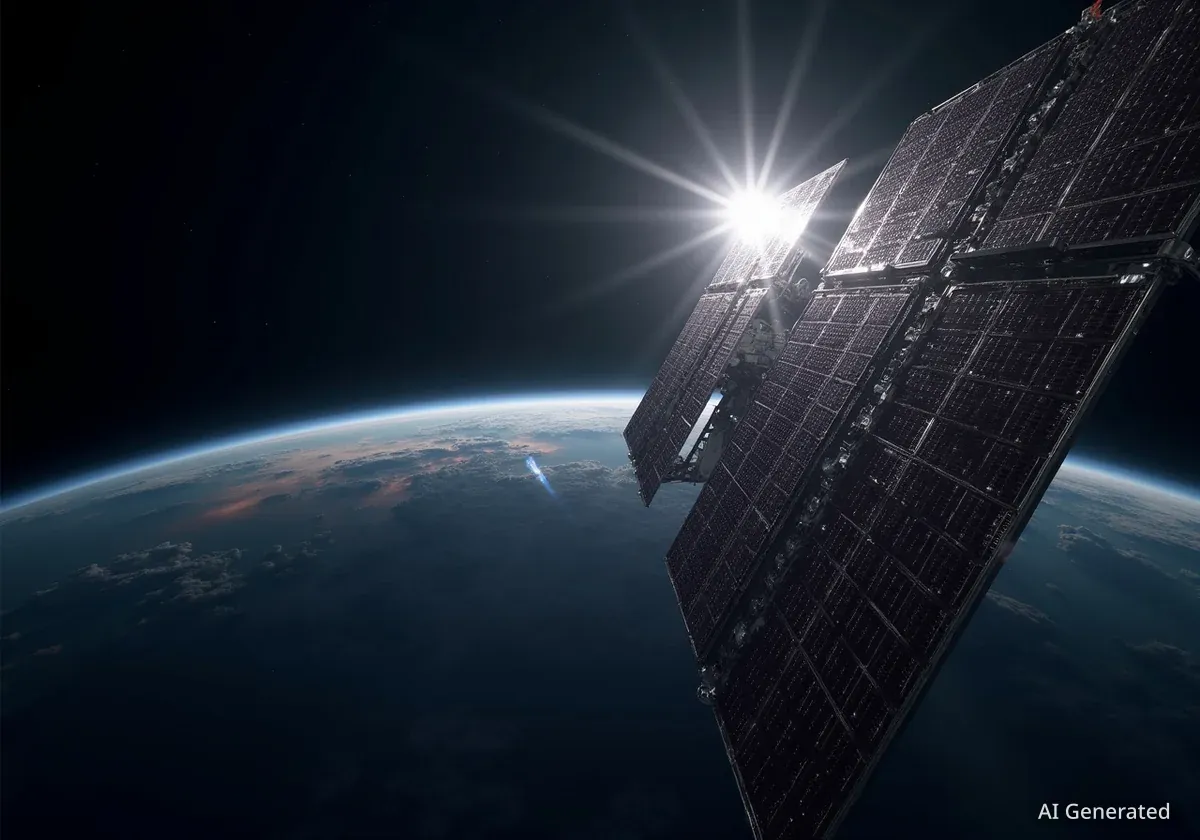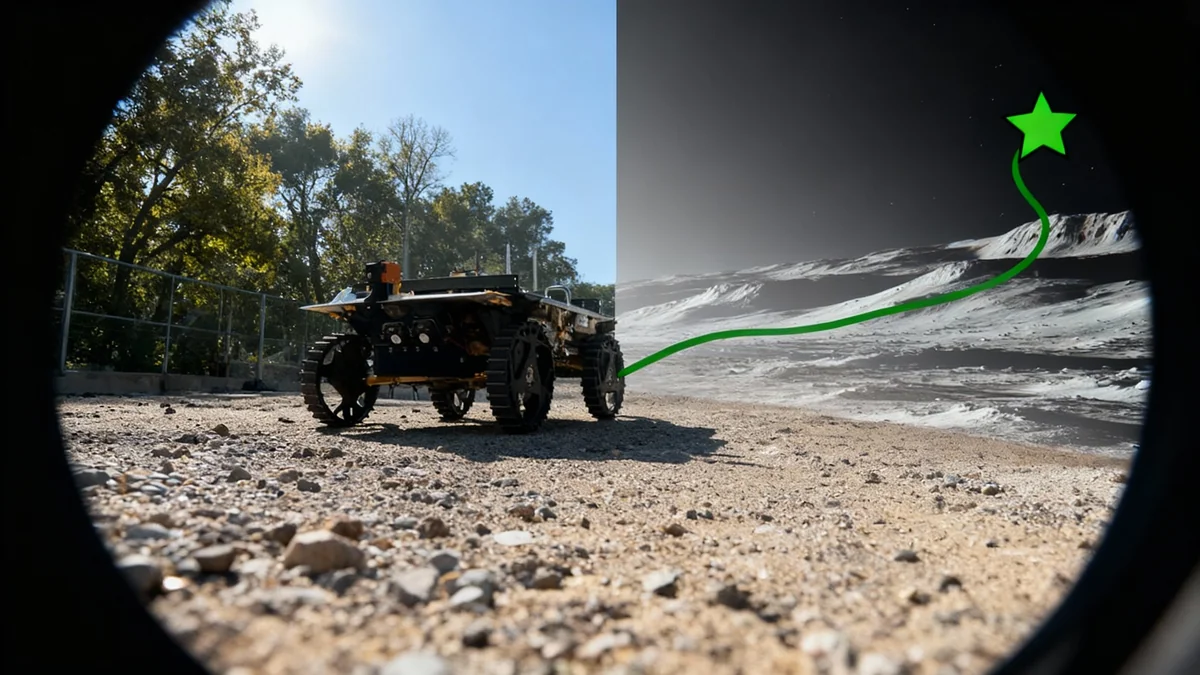The commercial space industry is facing a critical turning point as the threat of sophisticated cyberattacks forces a shift away from treating cybersecurity as an afterthought. Industry leaders, speaking at the recent MilSat Symposium, warned that the traditional reactive approach is no longer sustainable as satellite networks become more interconnected and vital to global infrastructure.
For years, many commercial operators viewed robust security measures as a non-revenue-generating expense. This mindset is now changing due to the growing complexity of threats and the potentially catastrophic financial and operational fallout from a security breach.
Key Takeaways
- The commercial space sector has historically lagged in cybersecurity investment compared to government and military programs.
- High costs for specialized, space-qualified encryption technology remain a significant barrier for many companies.
- Experts warn that protecting satellite control systems (TT&C) is as critical as protecting data, as a compromised satellite is a lost asset.
- A cultural shift is underway, moving from a reactive to a proactive security posture, integrating cybersecurity from the initial design phase.
A Shift from Afterthought to Necessity
The prevailing attitude within the commercial space sector has long been to address cybersecurity only when required by a government contract or after a major incident occurs. This approach, however, is becoming increasingly risky in a landscape of heightened digital threats.
Joe Bravman, chief engineer at Lynk Global, highlighted the fundamental differences between government and commercial priorities at the symposium. “The needs of the commercial sector and government sector are very different in terms of cyber security,” he explained. While governments must harden systems for potential warfare, commercial companies have been reluctant to invest in security measures that do not show a direct return.
This reactive stance is a product of how satellite systems were originally designed. Talbot Jaeger, founder of satellite manufacturer NovaWurks, noted that older architectures were not built with modern cyber threats in mind. “Traditional spacecraft and spacecraft architectures were designed before the current cyber threats were envisioned,” Jaeger stated, emphasizing that security was often managed at the ground level, responding to intrusions after they happened.
Why Now? The Evolving Threat
The urgency is driven by two factors: the increasing reliance on satellite networks for everything from communication to navigation, and the growing sophistication of malicious actors. As constellations like Lynk Global's “cell towers in space” become reality, the potential attack surface expands dramatically, making proactive defense essential.
The High Cost of Securing Orbit
A major hurdle for widespread adoption of advanced cybersecurity is cost. The specialized hardware and software needed to protect assets in space are often prohibitively expensive for commercial firms, especially smaller companies and startups.
Encryption and Beyond
Many of the most secure encryption technologies, particularly those compliant with National Security Agency (NSA) standards, come with a high price tag. Jeffrey Janicik, chairman of Innoflight, a company that builds secure space electronics, acknowledged that both commercial and government sectors have been slow to adapt, but a “wave of requirements” is coming.
Did you know? Obtaining NSA cryptographic certification and meeting other mission assurance standards involves a lengthy and expensive process of development, validation, and third-party oversight, similar to the rigorous process for developing new pharmaceuticals.
However, cost remains a persistent issue. “They’re great products, but they cost too much, and that’s pretty much true across the board,” Bravman said of high-assurance security products. The small production batches and intense certification processes contribute to these elevated prices.
Experts stress that security is more than just data encryption. Protecting the vital links that control the satellites is paramount.
“Everybody thinks about [encryption] a lot, but you also have to protect the routing, and you also have to protect TT&C. If you lose the satellite because somebody’s played with your TT&C, then it’s game over.”
Telemetry, Tracking, and Command (TT&C) systems are the lifelines for satellite operators. A breach in these systems could allow an attacker to take control of a satellite, rendering it useless or even turning it into a hazard for other objects in orbit.
Building a Secure Foundation from the Ground Up
The consensus among industry leaders is that cybersecurity can no longer be a “band-aid” applied after a system is built. It must be an integral part of the design process from the very beginning.
“If you don’t have the right architecture, you can put a lot of band aids on and you never make it secure,” Bravman argued. This proactive approach involves building security into the core of a satellite’s hardware and software, a strategy that is ultimately more effective and potentially more cost-efficient than retrofitting solutions later.
Jaeger added that the industry must find a way to absorb the cost of security as a fundamental part of system development. The choice, he suggested, is simple: pay for security now, or pay a much higher price for a breach later.
The Path Forward: Standards and New Technologies
To ensure a consistent level of security across the industry, some experts believe that mandatory standards are inevitable. Janicik proposed a system where companies must meet a certain security rating to even bid on contracts. “It’s got to get to that point. There’s no question about it,” he said.
In addition to new standards, the industry is exploring more accessible security solutions. Bravman pointed to emerging options that don't rely solely on expensive encryption hardware. He noted that standards from the mobile communications world, such as those from the 3rd Generation Partnership Project (3GPP), are beginning to address satellite security more seriously.
Furthermore, artificial intelligence tools are offering new ways to defend satellite networks, allowing for real-time threat detection and response. “There’s a lot of things beyond encryption to just make the system resilient,” Bravman concluded. As the commercial space economy grows, building that resilience is no longer an option, but a requirement for survival.





